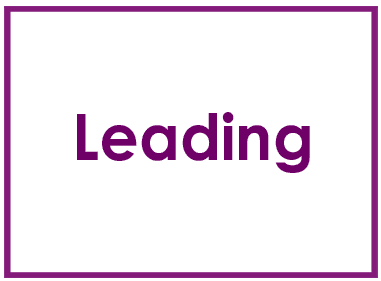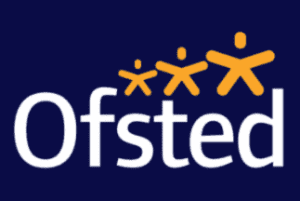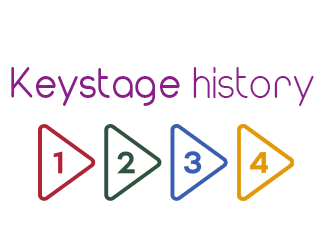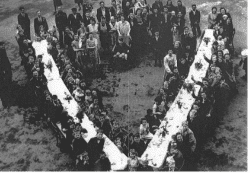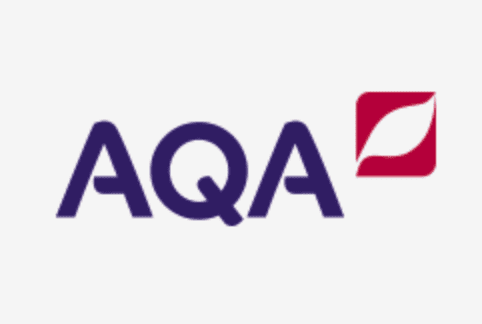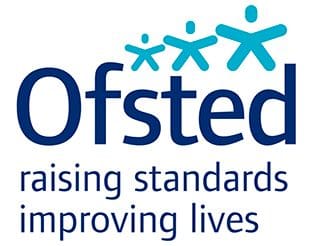
Seven of the 33 primaries schools visited by the inspectorate under phase 3 of its curriculum study, published today, had a “complete absence” of curriculum design in humanities. History came in for considerable criticism:
“History was also less well organised and implemented in a number of schools, often to the detriment of a clear progression model through the curriculum. A lack of subject expertise, especially in leadership roles, contributed to these weaknesses.”
Interestingly , on this site we place particular importance on getting the curriculum right. On every scheme of work we start with a clear rational explaining how it fits in with the wider history curriculum. In terms of subject knowledge, the eay we have created six probing key questions for each topic shows how specialost subject knowledge can be used to create the right contexts for the development of pupils conceptual understanding in history.
So you can carry out your own audit for history , here are OFSTED’s curriculum indicators:
| 1a | There is a clear and coherent rationale for the curriculum design |
| 1b | Rationale and aims of the curriculum design are shared across the school and fully understood by all |
| 1c | Curriculum leaders show understanding of important concepts related to curriculum design, such as knowledge progression and sequencing of concepts |
| 1d | Curriculum coverage allows all pupils to access the content and make progress through the curriculum |
| 2a | The curriculum is at least as ambitious as the standards set by the National Curriculum / external qualifications |
| 2b | Curriculum principles include the requirements of centrally prescribed aims |
| 2c | Reading is prioritised to allow pupils to access the full curriculum offer |
| 2d | Mathematical fluency and confidence in numeracy are regarded as preconditions of success across the national curriculum |
| 3a | Subject leaders at all levels have clear roles and responsibilities to carry out their role in curriculum design and delivery |
| 3b | Subject leaders have the knowledge, expertise and practical skill to design and implement a curriculum |
| 3c | Leaders at all levels, including governors, regularly review and quality assure the subject to ensure it is implemented sufficiently well |
| 4a | Leaders ensure ongoing professional development/training is available for staff to ensure curriculum requirements can be met |
| 4b | Leaders enable curriculum expertise to develop across the school |
| 5a | Curriculum resources selected, including textbooks, serve the school’s curricular intentions and the course of study and enable effective curriculum implementation |
| 5b | The way the curriculum is planned meets pupils’ learning needs |
| 5c | Curriculum delivery is equitable for all groups and appropriate |
| 5d | Leaders ensure interventions are appropriately delivered to enhance pupils’ capacity to access the full curriculum |
| 6a | The curriculum has sufficient depth and coverage of knowledge in the subjects |
| 6b | There is a model of curriculum progression for every subject |
| 6c | Curriculum mapping ensures sufficient coverage across the subject over time |
| 7a | Assessment is designed thoughtfully to shape future learning. Assessment is not excessive or onerous |
| 7b | Assessments are reliable. Teachers’ ensure systems to check reliability of assessments in subjects are fully understood by staff |
| 7c | There is no mismatch between the planned and the delivered curriculum |
| 8 | The curriculum is successfully implemented to ensure pupils’ progression in knowledge – pupils successfully ‘learn the curriculum’ |
| 9 | The curriculum provides parity for all groups of pupils |


